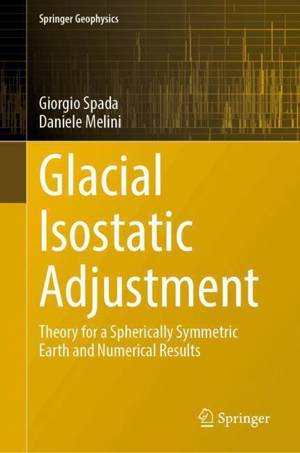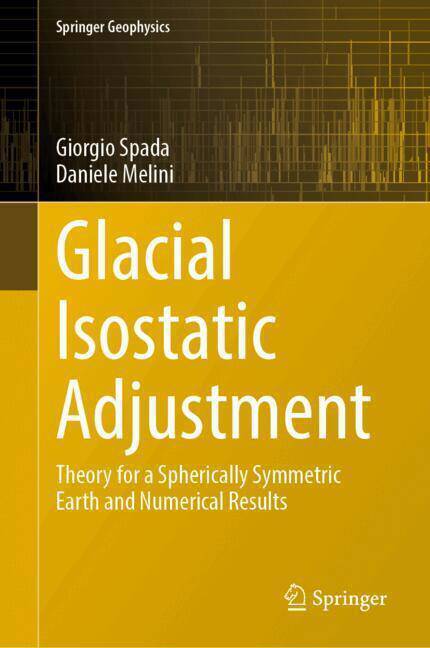
- Retrait gratuit dans votre magasin Club
- 7.000.000 titres dans notre catalogue
- Payer en toute sécurité
- Toujours un magasin près de chez vous
- Retrait gratuit dans votre magasin Club
- 7.000.0000 titres dans notre catalogue
- Payer en toute sécurité
- Toujours un magasin près de chez vous
Glacial Isostatic Adjustment
Theory for a Spherically Symmetric Earth and Numerical Results
Giorgio Spada, Daniele Melini
168,95 €
+ 337 points
Description
This book aims at presenting a synthetic but self-contained theory of Glacial Isostatic Adjustment (GIA), firmly grounded on physics and mathematics. However, at the same time, it also describes various phenomenological aspects, making it appealing also to a broad audience of Earth scientists not having a technical background. The interest on GIA is motivated by the entangled processes involved, reflecting interactions between the solid Earth, the oceans, and the cryosphere. In the context of climate change, GIA has a special role. For example, ground or space-based geodetic methods aimed at observing the mass balance variations of the contemporary ice sheets require a GIA correction before they can be suitably interpreted. For these reasons, GIA modeling has seen a considerable development recently, with a growing attention by a broad audience of scientists in the fields of geophysics, geology, geodesy, and Earth system science.
Spécifications
Parties prenantes
- Auteur(s) :
- Editeur:
Contenu
- Nombre de pages :
- 372
- Langue:
- Anglais
- Collection :
Caractéristiques
- EAN:
- 9783031905377
- Date de parution :
- 17-07-25
- Format:
- Livre relié
- Format numérique:
- Genaaid
- Dimensions :
- 155 mm x 235 mm

Les avis
Nous publions uniquement les avis qui respectent les conditions requises. Consultez nos conditions pour les avis.






